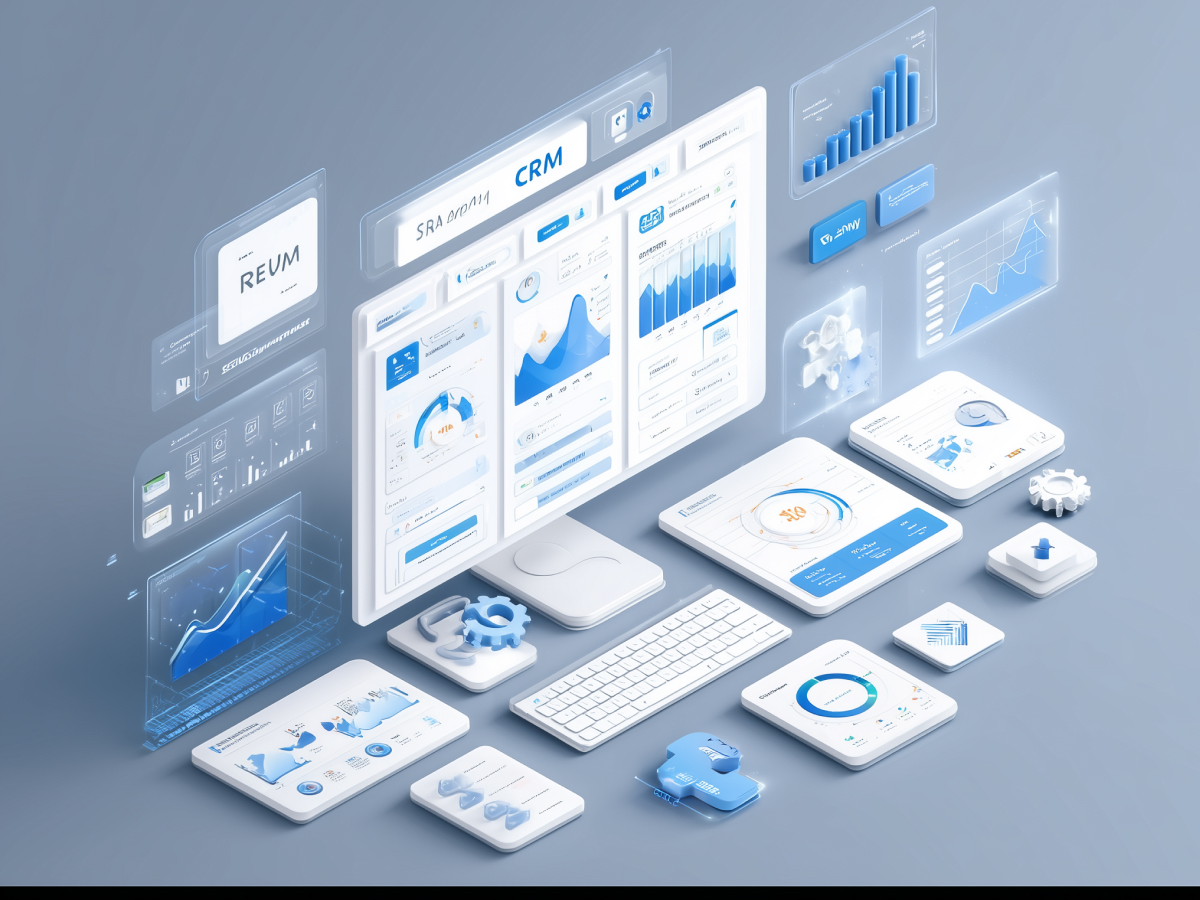AI is now being fully integrated in all aspects of software development, code generation as well as testing and deployment phases. AI can be used in every stage of the software development life cycle, and it’s more efficient and productive than ever before.
Generative AI for code writing and understanding
One of the most exciting developments in AI and software development is the development of generative AI tools like GitHub Copilot, Amazon CodeWhisperer, and Google Codey. These tools are designed to help developers by giving real-time code suggestions, auto-completions, and even entire code snippets based on the context and requirements of the project.
GitHub Copilot, for instance, can suggest code blocks, function definitions, and documentation while typing. It understands multiple programming languages and frameworks, making it a useful companion for developers.
AI as an app modernization tool
As software applications age, they need to be modernized. Legacy systems may run on outdated technologies and languages, making maintenance and updates a daunting task. This is where AI, particularly models like ChatGPT, can save an incredible amount of time and resources. ChatGPT and similar AI models can translate software code between languages, smoothing the process of modernizing applications.
Managing technical debt with AI
Technical debt is an inevitable part of software development. AI can help organizations manage technical debt by detecting and measuring it accurately so development teams prioritize remediation efforts better.
While AI can be a great diagnostic tool for technical debt, it’s not advisable to rely solely on AI for remediation or tracking. The cost associated with AI-driven remediation can be enormous, and there is always the risk of inaccuracies in identifying the most critical debt items. Human judgment and expertise are still the best way to make informed decisions about how to address technical debt effectively.
Meeting user expectations in AI-powered products
Users now demand and expect more intuitive, responsive, and conversational interfaces in the applications they use. This puts pressure on UX designers to incorporate AI effectively into software interfaces.
Conversational, prompt-based interfaces are becoming the norm in AI-powered products. Users expect to interact with software in a natural, conversational manner, whether through voice assistants, chatbots, or other AI-driven features. UX designers must focus on creating interfaces that feel intuitive and responsive, meeting more demanding user requirements.
AI in software testing
Automating repetitive testing tasks lets testers focus on more complex and creative aspects of quality assurance. Bringing AI into testing will accelerate the testing process, leading to faster release cycles and reduced time-to-market. Yet, it’s important to check that AI-driven testing is used in conjunction with human expertise to keep high levels of software quality.
The future of AI in software development
The future of AI in software development is undoubtedly bright. By 2027, it is projected that 70% of professional developers will be using AI-powered coding tools—a huge increase from the less than 10% using them today.





